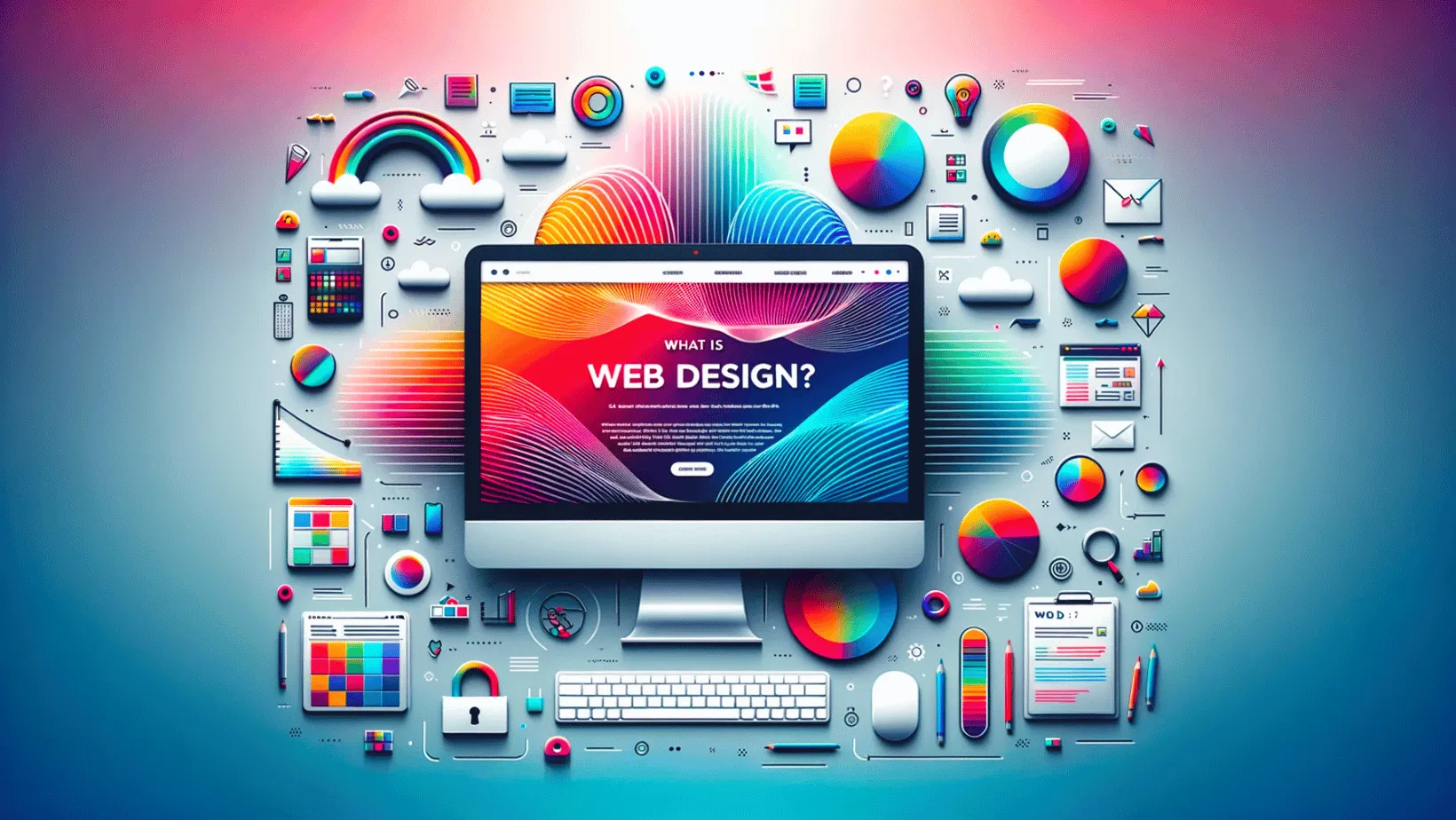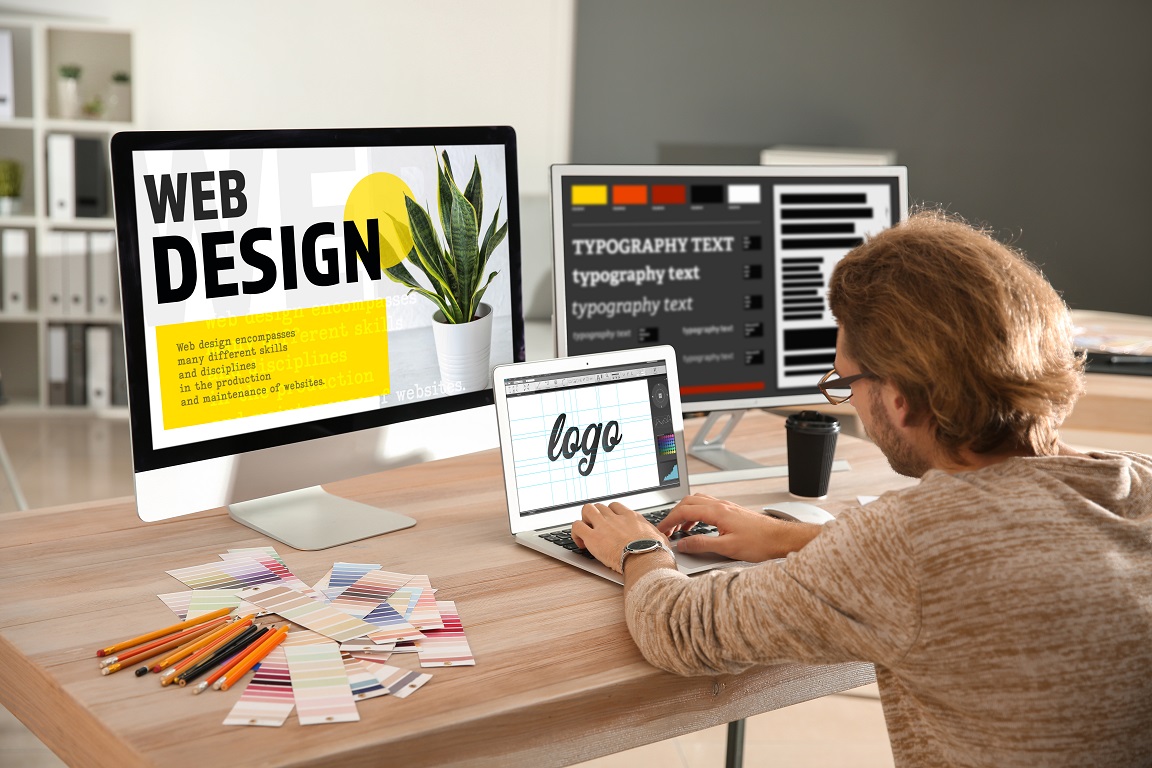Website Design Tips to Create Stunning and User-Friendly Sites
In the affordable landscape of electronic visibility, the significance of web style can not be overemphasized. Crafting easy to use and spectacular web sites demands a strategic method that highlights individual experience, visual charm, and practical effectiveness. Trick considerations, such as focusing on customer personas and making sure mobile optimization, can significantly influence individual interaction.
Prioritize Customer Experience
User experience (UX) is the foundation of efficient website design, fundamentally shaping how individuals communicate with a web site. Focusing on UX entails understanding the requirements and habits of individuals, making sure that their journey through the digital area is smooth and instinctive. A properly designed UX not only enhances user complete satisfaction however likewise promotes loyalty and raises the likelihood of conversions.
To prioritize UX, designers must perform comprehensive research, employing approaches such as individual personalities, journey mapping, and usability testing. These strategies assist in identifying discomfort factors and preferences, enabling developers to produce services that resonate with the target market.
Furthermore, availability is a critical aspect of UX that need to not be forgotten. Making sure that a site is useful for individuals with varying capacities increases its reach and shows a commitment to inclusivity.
Pick a Clean Format
A tidy layout is basic to improving user experience, as it assists in easy navigating and comprehension of content. By eliminating visual clutter and diversions, individuals can focus on the crucial elements of the site, such as information and calls to action. This strategy not only enhances readability yet also motivates visitors to engage even more deeply with the web content.
To accomplish a tidy design, it is crucial to make use of enough white room purposefully. White space, or negative area, helps to separate various sections and aspects, making it simpler for individuals to scan the page. Additionally, a well-defined grid system can guide the arrangement of aesthetic components, guaranteeing a unified and well balanced style.
Choosing a limited color palette and constant typography even more adds to a clean visual. These options maintain coherence throughout the internet site, which can boost brand name identity and recognition. Making use of top notch pictures and concise text can strengthen the total appeal, attracting customers in without frustrating them.
Optimize for Mobile Devices
Focusing on mobile optimization is necessary in today's digital landscape, where a raising number of users accessibility websites through tablets and mobile phones. A mobile-optimized website is not merely a pattern; it is a need for boosting customer experience and ensuring ease of access throughout various devices.

Loading speed is an additional important factor; maximize photos and minimize code to enhance performance on mobile networks. Individuals are most likely to desert a website that takes also lengthy to lots, so focus on fast-loading components.
In addition, ensure that touch elements, such as web links and switches, are properly sized and learn the facts here now spaced to stop unintended clicks. San Diego Website Design Company. By concentrating on these elements of mobile optimization, you will create a more user-friendly experience that accommodates the expanding target market accessing your web site by means of mobile gadgets
Use Top Quality Images

In addition, high quality photos play a considerable role in storytelling. They can stimulate emotions, highlight concepts, and enhance textual content, assisting users to get in touch with the brand on a much deeper level. It is important to pick pictures that pertain to the material and straighten with the overall style of the site.
When implementing top notch images, take into consideration optimization techniques to stabilize appearances with efficiency. Large photo files can reduce page lots times, negatively impacting individual experience and search engine rankings. Utilize styles like JPEG for pictures and PNG for graphics with transparency, and consider utilizing receptive images that adapt to various screen sizes.
Implement Efficient Navigating

To carry out efficient navigation, focus on simplicity. Limitation the variety of key food selection things to stay clear of overwhelming users, and make use of clear, detailed labels that communicate the material of each section. Think about integrating a hierarchical framework, where subcategories are rationally nested within wider categories.
Additionally, ensure that navigating components are regularly put across all web pages, producing a familiar user interface that users can navigate easily. Responsive design is essential; navigating must adapt perfectly to various display dimensions, maintaining use on both desktop computer and mobile gadgets.
Final Thought
In summary, the creation of straightforward and spectacular websites rests on a number of crucial concepts. Focusing on user experience through techniques such as customer personalities and functionality testing is necessary. A clean design, mobile optimization, premium pictures, and effective navigation better enhance the general layout. By adhering to these standards, web developers can ensure that customers take pleasure in a smooth and engaging experience, eventually causing you can try here raised fulfillment and boosted website efficiency.
Key factors to consider, such as prioritizing user characters and guaranteeing mobile optimization, can substantially influence user involvement.User experience (UX) is the foundation of efficient internet layout, fundamentally forming exactly how customers interact with an internet site.In internet layout, using high-quality pictures is important for producing a aesthetically enticing and appealing individual experience. The style of the navigation system plays a crucial role in individual experience and total site performance. Focusing on user experience through methods such as user identities and usability screening is vital.